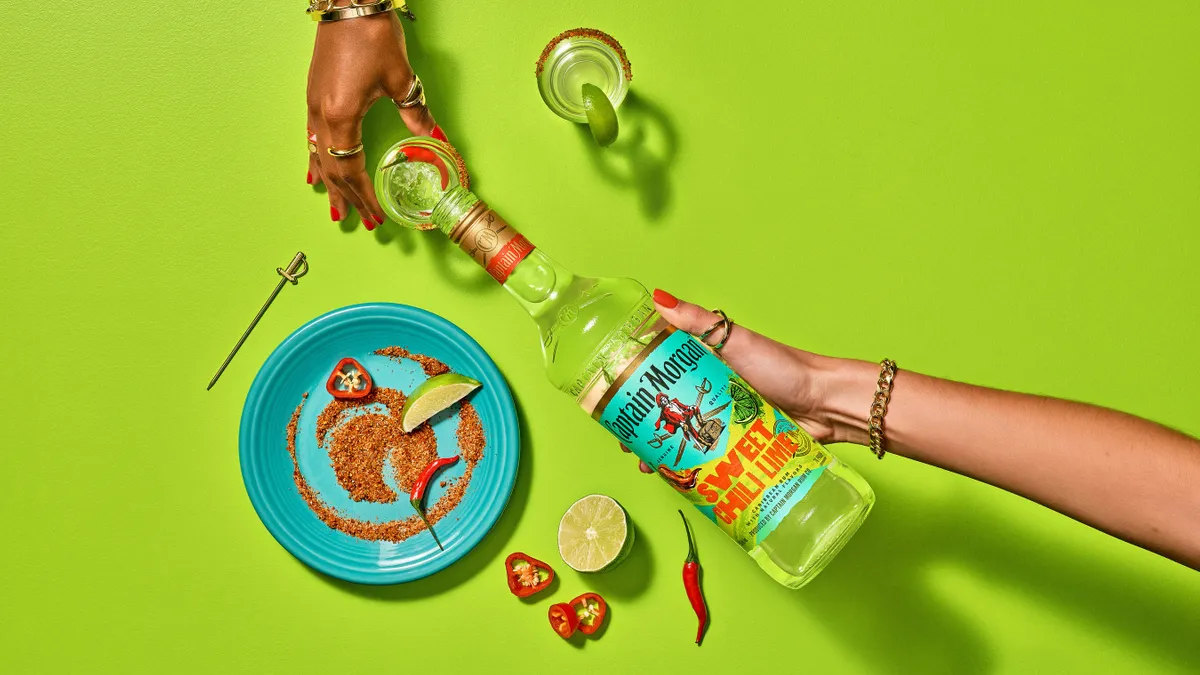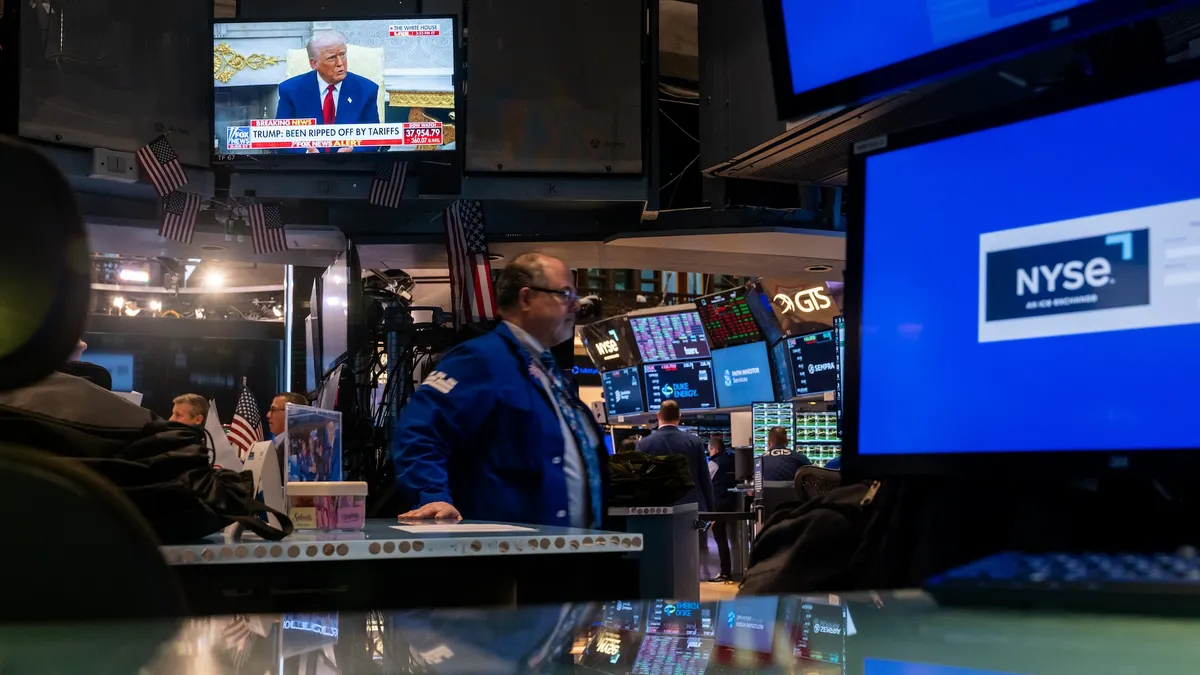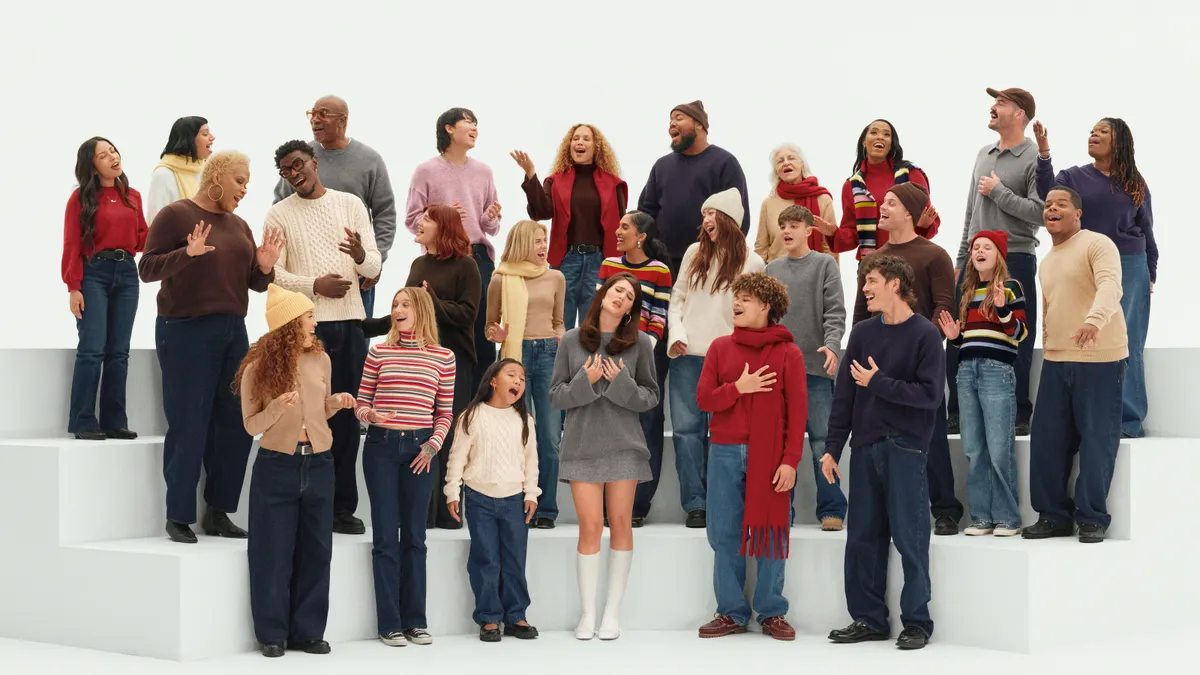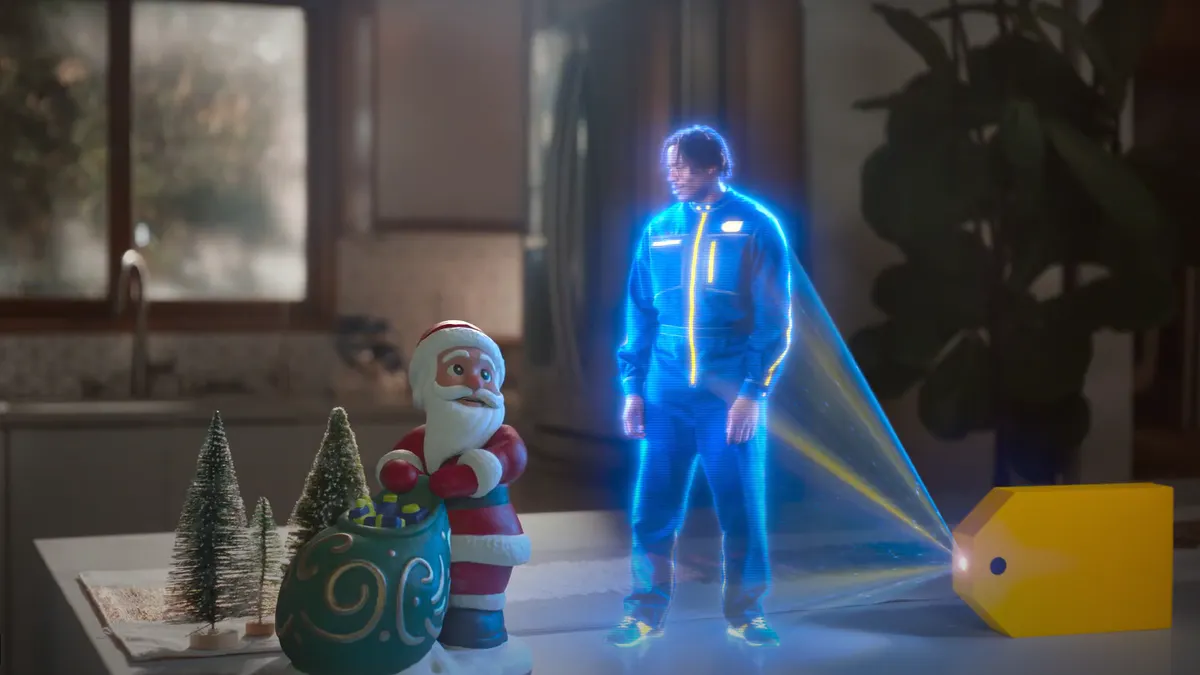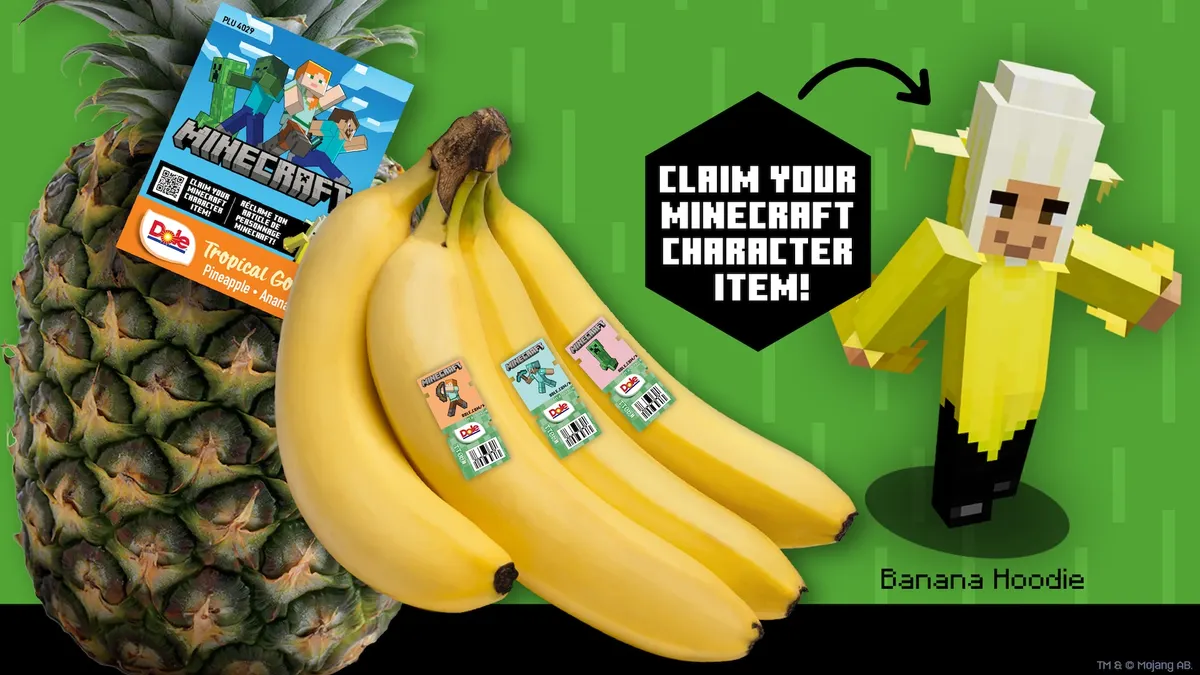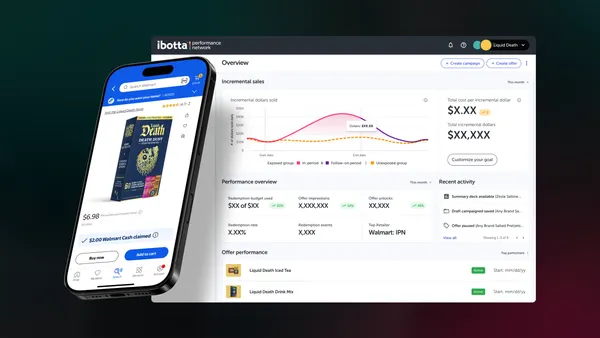NEW YORK — Attend enough marketing conferences, and one is likely to hear a certain phrase: Brands need to move “at the speed of culture.” Developing cultural strategies has become a top mandate for marketers, often equated with better engaging Gen Z. Part of the problem for those aspiring to tap into this form of brand cachet is that “culture” can mean different things. Is culture featuring an in-demand actor in an ad campaign? Sponsoring a surprise concert for a pop star? Jumping on a viral TikTok meme?
At an industry gathering this week, Brands & Culture NY, marketing decision-makers sounded more confident defining what culture isn’t versus settling on a concise summation of what it is. Fuzziness around the term hasn’t stopped some companies, including Diageo, from making culture a central part of brand strategy and planning as they look to modernize their products.
“I think culture is probably so ill-defined because even I feel like it’s a bit generic. Culture is all-encompassing, which is not the best answer,” said Tracy Doyle, senior vice president of brands in culture at the spirits giant, during a Wednesday panel aptly titled, “Four Hot Takes — What the **** is Culture?”
“Conversely, I think it’s easier to say what is not culture: I would say something that’s transactional,” Doyle added.
Panelists alongside Doyle described culture in illustrative terms: as a kaleidoscope encompassing influencers and stories that shape societal trends, or a loom of fabric where a brand may fit into several threads or colorways. While metaphors varied, experts were in alignment that culture needs to be something fostered over time and implemented holistically rather than bolted on to quickly reverse a brand’s fortunes.
“Culture is definitely not a panacea for poor product performance,” said Shibani Potnis, who joined Norseland as CMO in January after a long stint at Campbell’s. “At the heart of it, your brand, your product, has to perform. It has to be true to what it is set out to do.”
Making ‘peanut butter and jelly’
The need to pin down a cultural strategy raises interesting questions about organizational alignment. Companies over time have employed chief brand officers and other roles, such as chief growth officers, to fill the leadership spot typically held by a CMO. While these job titles can be a distinction without a difference, some marketers see culture as operating outside of the bounds of conventional capital-M marketing.
“[Culture] is, to me, almost [at the] heart of the big debate between brand versus marketing,” said Caroline Mayhew Gardner, head of integrated brand marketing and experience at the luxury consignment specialist The RealReal.
The executive proposed that brand functions tend to identify a place in culture and drive narrative in those spaces while marketing is better suited to tactical areas like audience targeting. Pulling a “psychographic cultural engagement layer” into customer acquisition ultimately makes for the most successful marketing funnel, Gardner argued.
That said, culture was also painted on the panel as something that should serve as a guidepost for all aspects of marketing. Diageo has made culture a more upfront piece of its development process, sitting alongside other brand fundamentals like ironing out a purpose or values-based positioning.
“At Diageo, we’ve put culture into the center of our strategic framework,” said Doyle. “It’s really about our culture team and our planning team really working hand-in-hand as peanut butter and jelly and revising how we think about our brand through the lens of culture.”
Generational divide
The rise of cultural marketing as an industry fixation has accompanied increased purchasing power and influence for Gen Z. Due to this, many perceive culture as a youth-centric topic, though panelists argued that’s too narrow a view and that a robust cultural approach can translate across age groups.
“The throughline is more about the psychographics that unite us versus the demographics that separate us,” said Norseland’s Potnis.
Potnis at her prior job worked on Goldfish, a brand largely aimed at children but also consumed by adults, including parents who furtively eat the aquatic-themed crackers by the handful after their kids are put to bed. Goldfish eventually embraced a positioning of being “a brand for the young and the young at heart,” according to Potnis, a concept that was threaded through communication channels and even product innovation. To reach older shoppers interested in experimental flavors, Goldfish leaned on partnerships, teaming with companies like Old Bay seasoning and Frank’s Red Hot to develop adventurous snack variants catering to millennial tastes.
“We did this in the backdrop of knowing that adult consumers who wanted to buy Goldfish were probably not going to buy just the regular cheddar Goldfish, they were probably going to need a little bit more,” said Potnis.
The approach to culture at Campbell’s mirrors some of Doyle’s recent work to revitalize Captain Morgan, which historically has a customer base of older men. The rum maker in March introduced a Sweet Chili Lime offering to appeal to people that more recently came of legal drinking age, though Diageo has been careful to not extend the brand in ways that put off its existing loyalists.
“[The brand was] very befitting of a 40-50 year old, usually male. It just wasn’t hitting what younger, 21-somethings are looking for. So we innovated,” said Doyle of Captain Morgan. “It was just that unlock, really, [that] has done wonders for the brand.”



